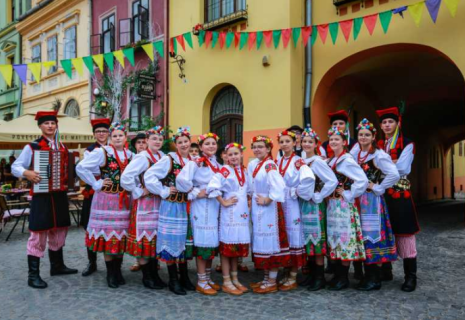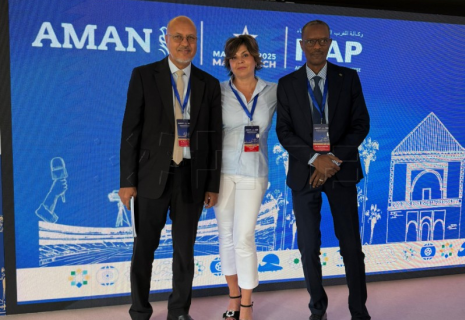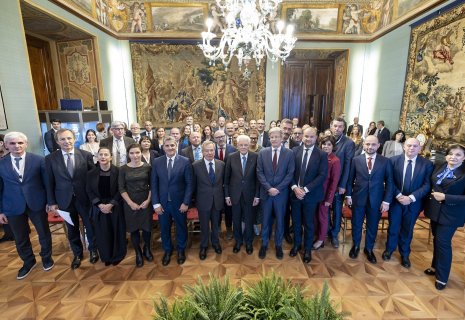
Croatian-funded museum opens in historic Bosnian Franciscan Monastery
The museum of the renowned Franciscan Monastery in Guča Gora, located in central Bosnia and an inspiration to Nobel laureate Ivo Andrić, was officially opened at a ceremony highlighting the centuries-old, inseparable bond between Croatian Catholics and the Franciscans, CE Report quotes HINA.
The opening of the museum, which has been restored with financial support from Croatia's government, coincides with an important anniversary – 600 years since the first written mention of Guča Gora, situated in the municipality of Travnik. The museum houses a valuable and extensive ethnographic collection, as well as a library containing several thousand books.
Franciscans have been instrumental in preserving both religious and national identity.
The Guardian of the Franciscan Monastery, Friar Davor Petrović, stated that the museum’s opening marks a significant step forward in preserving the rich Franciscan heritage and the historical memory of the community.
"The Croatian people here are gaining a museum that safeguards our past and the only institution in which everything our ancestors left behind, all that holds value for our people in the Lašva Valley, is preserved in one place," said Friar Davor Petrović at Saturday’s opening ceremony.
Speaking on behalf of the Central State Office for Croats Abroad, Žana Ćorić emphasised that projects like this serve as a powerful testament to the enduring ties among the Croatian people and their shared commitment to preserving cultural identity and heritage.
"The Croatian government continuously supports projects that contribute to the preservation of the culture and identity of the Croatian people in Bosnia and Herzegovina," said Ćorić.
The leader of the Croatian National Assembly parties, Dragan Čović, stated that Franciscan monasteries are "the source of who we are, and the museum is a testament to our way of life."
Guča Gora, located on the slopes of Mount Vlašić, is known as a source of inspiration for many notable figures, among them Nobel laureate Ivo Andrić, the renowned Franciscan Ivan Franjo Jukić, and British archaeologist Sir Arthur Evans.
The original monastery is first mentioned in written records in the year 1425.
Both the monastery and the church were burned down in 1945, but were rebuilt a decade later. During the war in 1993, the monastery was severely desecrated by Muslim fighters -mujahideen -who were fighting on the side of the Bosniak Army of Bosnia and Herzegovina.
























